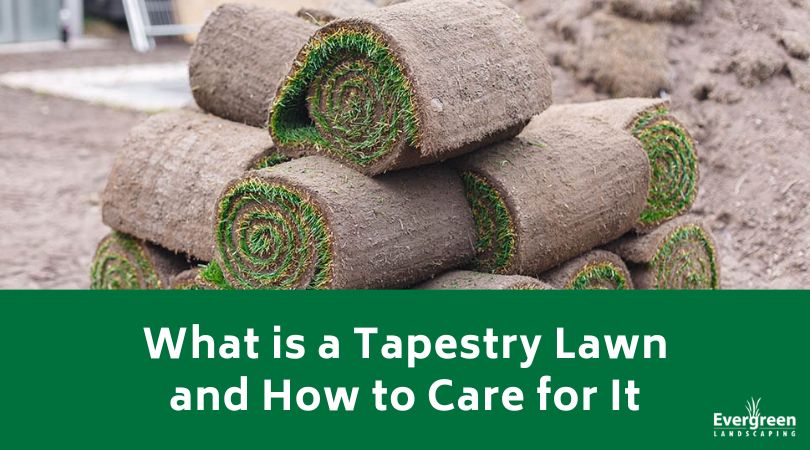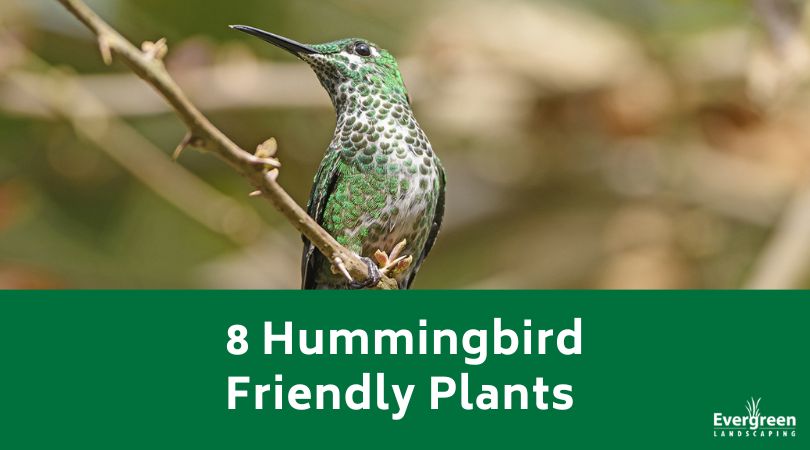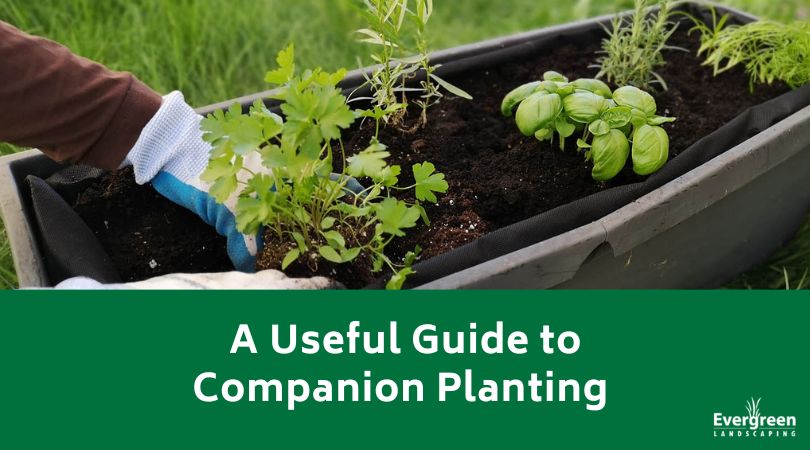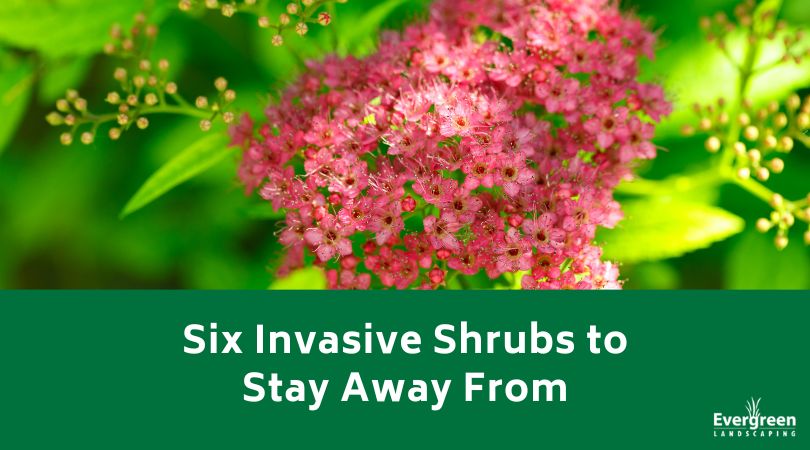Easy Ways to Remove Weeds from Patios and Pavers
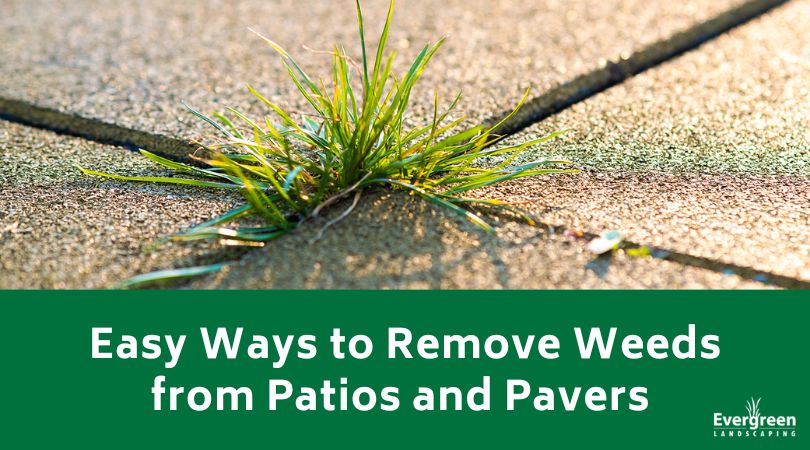
You want your pavers to look nice, but weeds can make this a challenge when they start popping up in the cracks. To make matters worse, different weeds have varying root systems, so getting rid of them for good can be difficult. We want your walkways or paths to look nice, so we’re going to highlight several easy ways to remove weeds from your pavers or patio below.
1. Boiling Water
Pouring boiling water on the weeds is a quick and easy way to remove them from the cracks. This trick works nicely for stubborn perennial weeds like dandelions. Start by pulling or cutting the leafy tops off, and then carefully pour the boiling water into the cracks. Some perennial weeds can come back, but they should die off after two or three treatments.
2. Vinegar
Vinegar can be a good option to remove young perennial or annual weeds, but it won’t work well to kill off established perennial weeds. Also, vinegar will alter the soil’s nutrient composition and make it harder for things to grow, so you must be careful when applying it. Remove the upper leafy portion of the plant first and pour the vinegar directly into the cracks. You want to use white vinegar instead of red because red vinegar can stain the pavers.
3. Good Pointing
If the soil between the pavers is loose, it is easier for the weeds to push through it. First, remove the weeds with any tool you like to give yourself a clean working space. Dig out the soil or hit it with a quick blast of water from the pressure washer. Next, pour polymeric sand into the cracks, ensuring you brush off as much from the paver or patio surface as possible. To finish, wet the sand with your hose on a light mist setting to make it compact and seal.
4. Weeding Knife
One of the best ways to eliminate weeds in this problem area and keep them out is to weed between the pavers or around your patio routinely. You can get a weeding knife or tool and move along the spaces, scooping the weeds out. You do want to get the root system when you pull the weeds to reduce the chances of them returning. You can find long-handled knives if you have a bad back, and you may want to get something to kneel on while you work.
5. Grow Ornamentals
Weeds won’t grow well if there is steep competition for space in your paver cracks or around the patio. These areas can also look bleak if the stone covers a large area or isn’t a soft color. A nice way to add life to the space is to plant ornamental plants in and around any cracks. Consider adding trailing bellflowers or Mexican fleabane in low-traffic areas and creeping thyme or bugle in areas with more people walking by and on them.
Evergreen Landscaping Can Help with Your Weed Problem
Pesky weeds can be an ongoing battle, especially if you want a neat and tidy yard. If you’ve tried our methods and you’re still having weed problems, contact us. Our staff is happy to come out, survey the situation, and help you get rid of your weeds once in for all.



